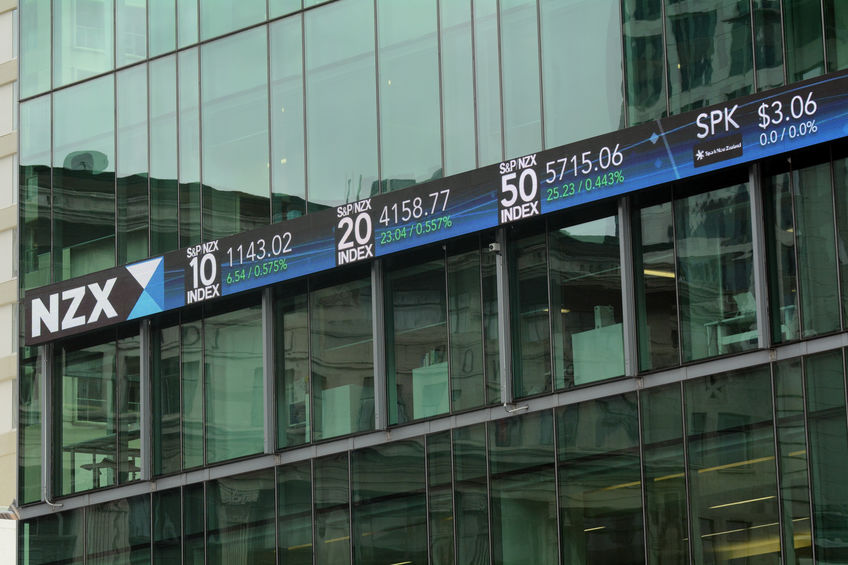The NZD/USD exchange rate remains on edge as investors priced in more interest rate cuts by the Reserve Bank of New Zealand (RBNZ). It crashed to a low of 0.5510, its lowest level since October 2022, mirroring the performance of the Australian dollar, which has plunged to its lowest level in years.
RBNZ interest rate decision ahead
The NZD/USD exchange rate has plummeted as investors predict that the RBNZ will embrace a more dovish tone in the coming meetings. That’s because of the recent tariffs that may affect the country’s economy.
Like Australia, Trump announced a retaliatory tariff of 10% on New Zealand, a move that may cost importers about $900 million in costs.
On the positive side, New Zealand and the US are not all that big trading partners. The US sold goods worth over $4.5 billion to New Zealand, and imported over $5.6 billion. The US sells services worth $2.5 billion and buys $1.3 billion, bringing the total trading relationship to $10.1 billion.
The top New Zealand exports to the US are meat products, beverages, dairy products, and wood and wood products. There is a risk that Trump’s tariffs may make these products more expensive in the United States.
Therefore, in line with this, analysts predict that the RBNZ will continue its interest rate cuts this year. It has already slashed rates from a high of 5.5% in July last year to 3.75% today. Analysts now expect the bank to deliver another 0.25% cut on Wednesday this week. Besides, inflation in the country has dropped from over 7% in 2022 to 2.2%.
Interest rate cuts would help New Zealand to offset the impacts of the trade war by devaluing the kiwi. Indeed, with the kiwi falling by over 12% from its highest point in 2024, its exports are now at a discount.
The next key catalyst for the NZD/USD exchange rate will be the upcoming FOMC minutes and the US consumer inflation data.
NZD/USD technical analysis
The daily chart shows that the NZD to USD exchange rate has dropped sharply in the past few months. It has moved from a high of 0.5843 on April 3 to the current 0.5800.
The pair has moved below the ascending channel shown in black. This channel connects the lowest and highest levels since December last year.
It has also retested the lower side of this channel, a popular bearish continuation sign in technical analysis.
Therefore, the pair will likely continue falling as sellers attempt moving below the next psychological point at 0.5000. A move above the 50-day EMA point at 0.5700 will invalidate the bearish outlook.
The post NZD/USD forecast: buy or sell ahead of the RBNZ decision? appeared first on Invezz

